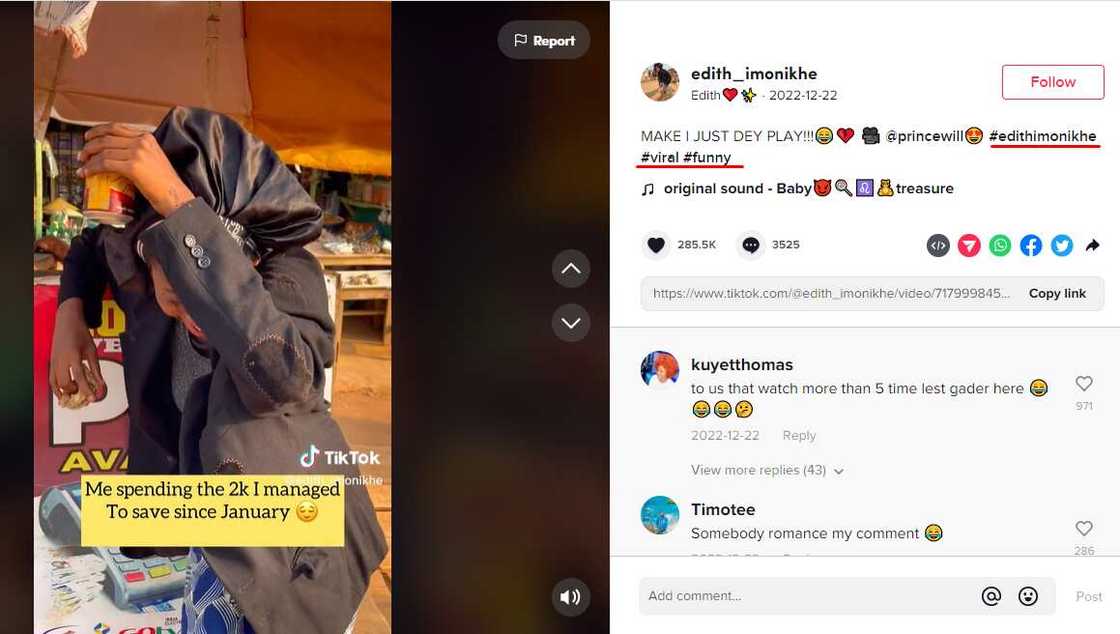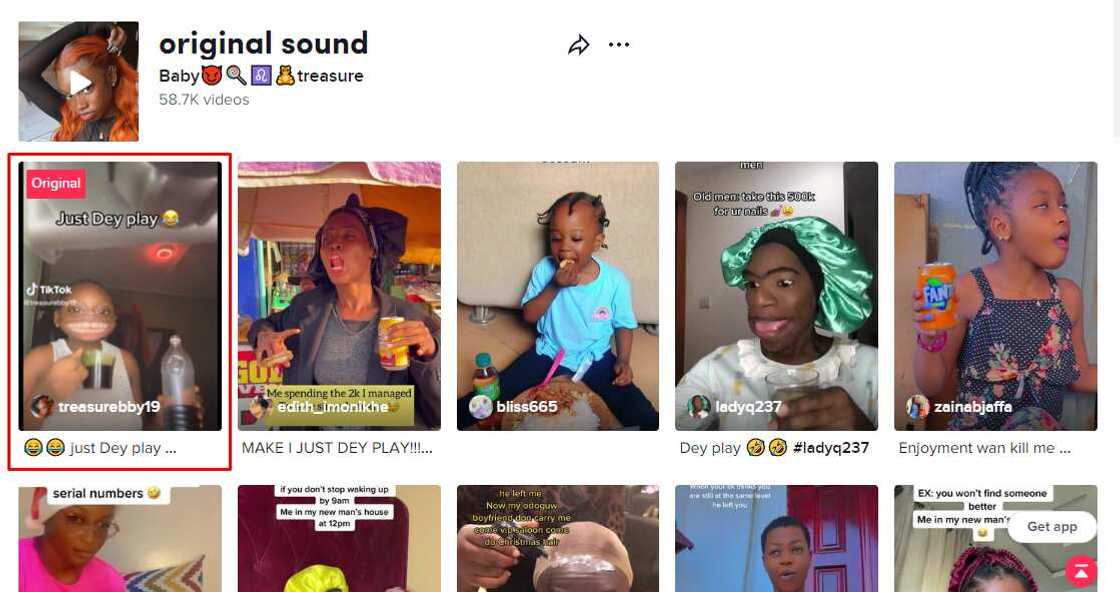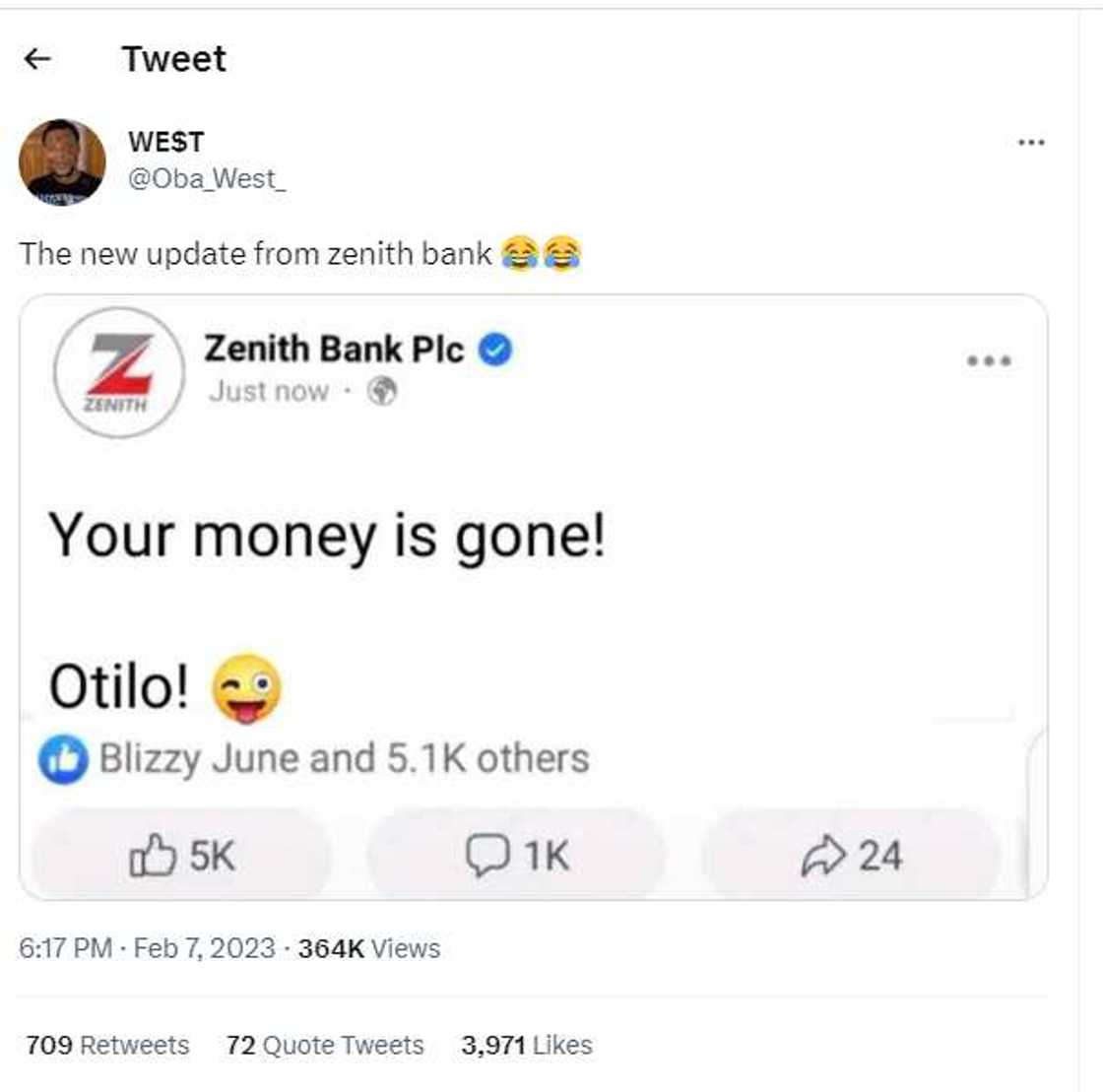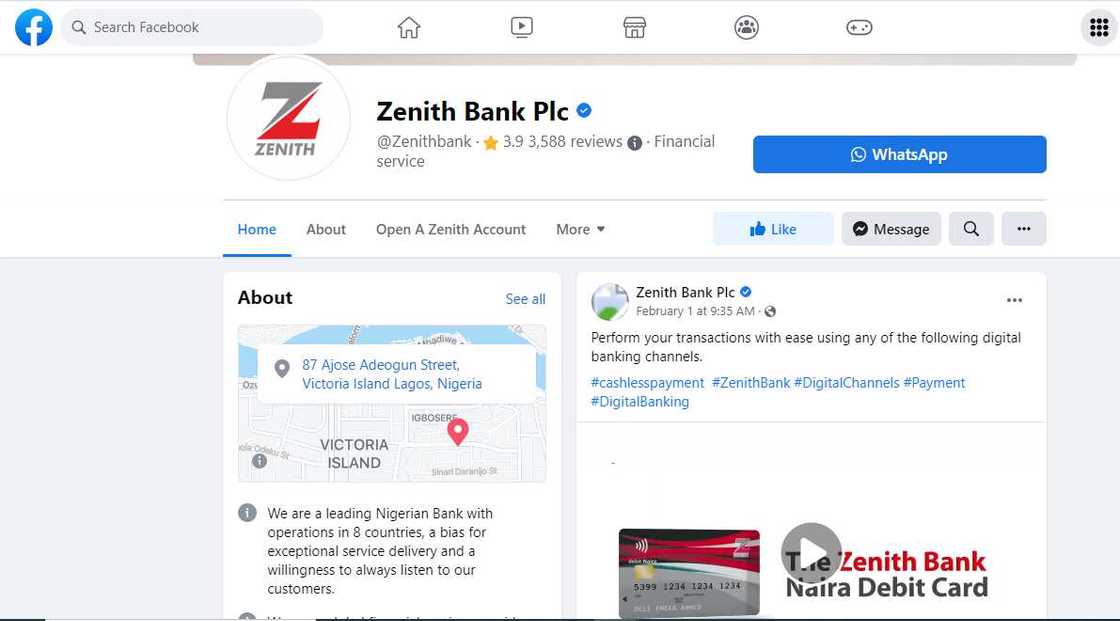Checking Hashtags, Using Search Bar on TikTok & Twitter Are Among Ways to Spot Fake News
TikTok and Twitter have become influential social media platforms that share narratives in faster ways than could be imagined a few decades ago.
For instance, an app like TikTok, created by ByteDance in 2016, now has over 2.5 billion users. Its popularity, according to Investopedia, could be connected to the tools that make it easier for people to create videos with special effects, sounds, and music. With users in over 150 countries, TikTok’s reach is simply phenomenal.

Source: UGC
Twitter is a social media company created in 2006 by Jack Dorsey; unlike TikTok, Twitter has been significant in sharing and discussing important topics such as elections. For example, days before the 2019 US elections, the platform became speculative about how it could have been hijacked for political misinformation. This saw the previous American president, Donald Trump, being suspended from the platform.
Unlike TikTok, Twitter offers an open space for discussion. The #EndSARS movement of 2020 in Nigeria became prominent due to the wall-less communication Twitter offers. But has also not shied away from expunging anybody who goes against its rules. A case in point was the suspension of President Muhammadu Buhari’s account, which led to the ban of its use in Nigeria.
However, with all the apparatuses Twitter has in place to spot tweets violating its standards, like TikTok, fake news is prevalent on the platforms. As the 2023 elections draw near, having the skill to spot inaccurate information on both platforms cannot be overemphasised.
PAY ATTENTION: Join Legit.ng Telegram channel! Never miss important updates!
Spotting fake news on TikTok
- Check the hashtags below the videos
Hashtags on TikTok help the virality of videos on the platform. Creators often use them to improve their videos’ visibility alongside similar popular clips. On a TikTok home page on the mobile app, there are two different pages, namely: For You Page (FYP) and Following. On FYP, there are random videos the algorithm suggests to users, while videos of those you are following could be assessed under the other section. Creators then use hashtags to make their content discoverable by the algorithm.
While that may be an everyday use of hashtags, they sometimes flesh out a video's narratives, as seen in the screenshot below, to mislead the public or attach a new one to the clip. This is when there are hashtags like #comedy and #prank in the description of the clip users should not take it seriously, no matter how real it may look.

Source: TikTok
- Check the account
Information on the profile sharing a video could be an excellent way to check for the veracity of whatever video they have shared. Do not be swayed by the massive engagement the clip has. Many could have also fallen for it. For instance, the account below has the disclaimer “prankster” written on the profile to warn viewers that its narratives should not be taken seriously.

Source: TikTok
- Look for the sound description
Many videos on TikTok simply role-play popular sounds. What that means is that people often mime to voices that are not theirs. It is believable when voices are properly mimed. An excellent way to spot this is to look at the bottom of the video to see the creator of the sound. If it is a used sound, clicking on it will reveal videos that have used the same sound for content.

Source: TikTok
When the sound description of the TikTok video is clicked, it will provide other videos that have used the same sound, with the owner having an “original” label on their video. See the screenshot below:

Source: TikTok
Spotting fake news on Twitter
- Use the search bar
The Twitter search bar is a powerful “mini Google.” You would be amazed at what it could reveal with the right keywords. When you see a tweet, you need to double-check, copy some keywords, and input them in the search bar. If people are talking about it, you would know. Also, it could give clarity while investigating if the post is isolated or if many people are running with it.
- Cross-check with other platforms
Sometimes, you may need to consult other platforms to get more findings. When you see a photo backing a tweet, employ the Google Reverse Image search to see if there are similar ones online. You may also want to check on Facebook to see if there are trending talks around the same thing. A good example was when an account tweeted a fake snapshot of what Zenith Bank never said. Checking the bank’s Facebook page revealed otherwise. See the screenshot below:

Source: TikTok
A check on Zenith Bank’s Facebook page showed the snapshot was photoshopped.

Source: Facebook
- Check the date and time of a tweet
Taking note of a tweet’s date and time could help when you are trying to trace the timeline of a claim you are trying to investigate. The time and date of the tweet could lead you to some inconsistency, especially when what you are looking for is time sensitive. This pattern only applies to screenshots of social media posts.
Look at the time the above tweet was made below:

Source: Twitter
When the bank’s Facebook page was checked, it showed that its last post was made days before February 1, 2023. The date marked in red in the screenshot below:

Source: Facebook
The ability to spot fake news easily on both platforms is a good personal skill. It will prevent misleading unsuspecting people in one’s network from becoming victims of false narratives. With Nigeria’s political terrain hanging on a precipice, ensuring you do not share anything that could endanger the stability of Nigeria’s fragile democracy will go a long way.
***
The researcher produced this media literacy article per the Dubawa 2023 Kwame KariKari Fellowship in partnership with Legit.ng to facilitate the ethos of “truth” in journalism and enhance media literacy in the country.
Source: Legit.ng







